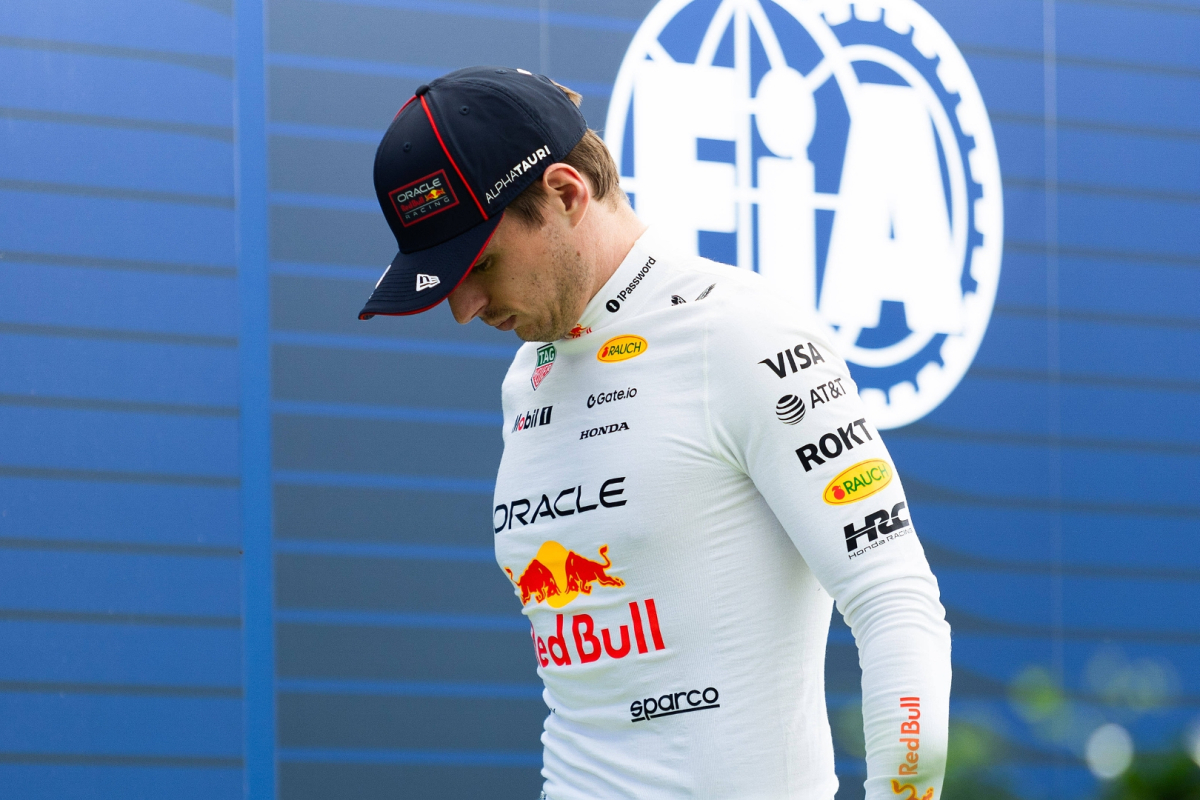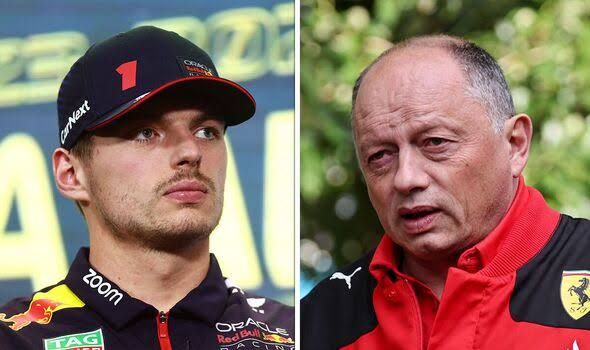Breaking: F1 teams at fight over controversial FIA rule change with… Read more
F1 Faces Growing Tensions Over 2026 Power Unit Rule Change
Tensions are mounting in Formula 1 as teams clash over a controversial proposal to modify the 2026 power unit regulations, causing friction during a recent F1 Commission meeting ahead of the Miami Grand Prix. At the heart of the dispute is a potential revision to the battery power output allowed during races, which has drawn sharp criticism, particularly from Mercedes team principal Toto Wolff.
The 2026 power unit framework, originally designed to split power evenly between the internal combustion engine (ICE) and battery-generated electric power, is seen as a major step toward a more sustainable F1. However, a new suggestion from the FIA proposes reducing the maximum battery output during races from the planned 350 kilowatts to 200 kilowatts, while retaining the full 350kW capacity for qualifying sessions.
This proposed change is intended to address concerns about battery depletion during races—particularly on long straights where sustained electric boost might not be viable. Critics of the current setup argue that if a car runs out of electrical energy mid-straight, it could compromise safety and competitive balance, especially on high-speed circuits like Monza, Spa, or Baku.
Toto Wolff has reportedly expressed strong opposition to the proposed adjustment, arguing that changing such a fundamental aspect of the regulations so close to the 2026 implementation date would disrupt the extensive development work already undertaken by manufacturers. Mercedes, along with other engine suppliers, has invested heavily in building power units to meet the original 50-50 power split. A last-minute rule change could require significant redesigns, increasing costs and delaying development timelines.
A source close to Mercedes highlighted the frustration, stating that altering the rules at this stage is akin to “moving the goalposts after the game has started.” Other manufacturers, including Ferrari, Audi, and Honda—who will power Aston Martin from 2026—are also in different stages of engine development, and the rule change could unfairly affect them based on how far along they are in their design processes.
Still, proponents of the new limit argue that the reduced battery output is necessary to ensure consistent performance and safety during races. They claim that too much reliance on electric power could leave cars vulnerable during key moments, diminishing both competitiveness and the spectacle of the sport.
The FIA is currently analyzing data to assess the potential impact of the 200kW cap and no final decision has been reached. As F1 nears its transition to the new hybrid era, the debate underscores the challenge of balancing technological progress, fairness, and on-track excitement in the sport’s future.




